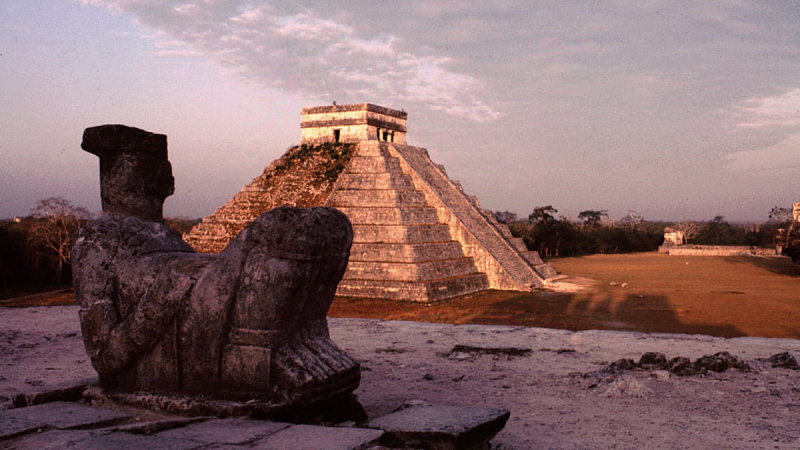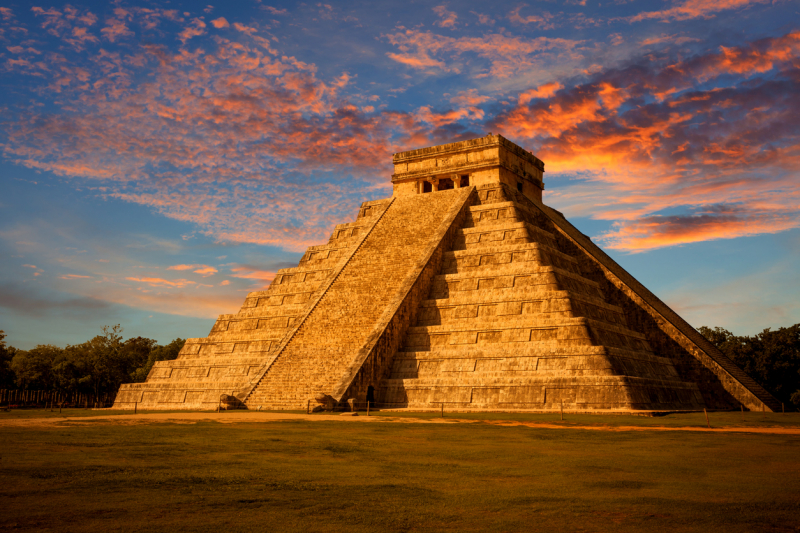The Mayan Civilization
The Mayan Civilization is a classic example of one of the mysterious lost civilizations that once existed. Its greatest monuments, its towns, and roads were swallowed up by the jungle of Central America and its population was dispersed in small villages. The Mayan language and traditions persist to this day, but the peak of the civilization occurred during the first millennium AD when their greatest architectural monuments were discovered. The Yucatan construction and countryside cover a large area, going from Mexico to Guatemala and Belize.
One of the greatest lost civilizations in the Mesoamerican, the Mayan Civilization used writing, mathematics, developed calendars, and complex techniques to build pyramids and terraced farms. The reason for the disappearance of this very advanced civilization is one of the great debates in archeology. It was thought that infighting, combined with climate change in the Yucatan around AD 900, would weaken crops and create famines that resulted in cities being abandoned. The Mayans were quite advanced, exhibiting respectable technical skills and using complex mathematics. Archaeologists now believe that the Mayans were victims of an ongoing war coupled with climate change that led to famine, and forced migration from their largest cities. Rural decline, resulting in diminishing resources, may also play a role.
- Time: 2600 BC
- Location: Central America












